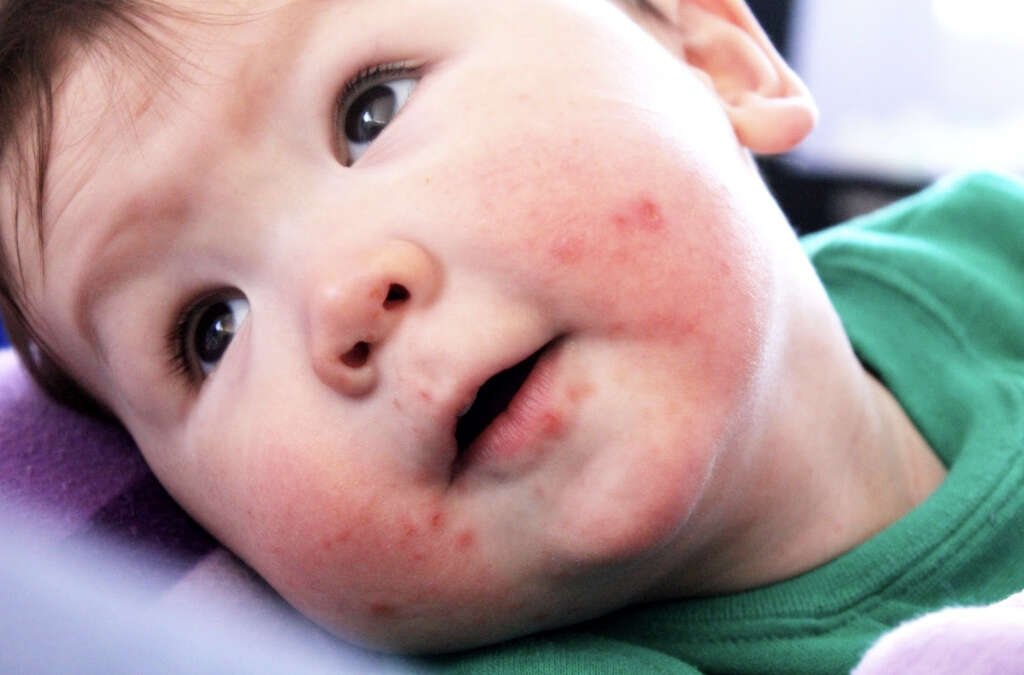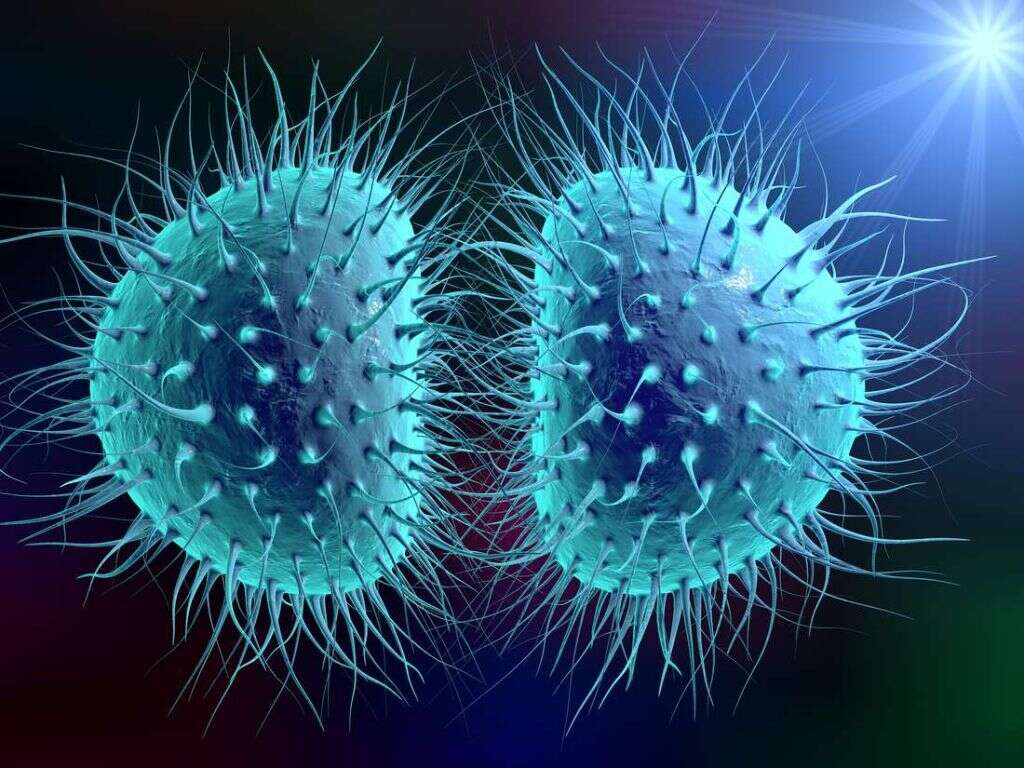What Is Hand, Foot, and Mouth Disease?
Some diseases are more common than others are. How common they are depends on a number of factors, such as how common the offending pathogen is, and how easily it is transmitted from person to person. It is fortunate that those that are common are also those that are unlikely to do us serious harm.
Hand, foot, and mouth disease is one of those that will only cause a mild illness at worst in most cases. It can be very uncomfortable, but it is usually a case of just caring for the patient for a week or so before it passes.
1. Overview
Hand, foot, and mouth disease is a fairly common disease that is also fairly mild. Adults can catch the disease but it is usually found in young children, especially those under 5 years old. It is a viral infection and a handful of different viruses are responsible for the disease. It is nothing to be concerned about in the majority of cases.
Although it is usually not dangerous it can still be quite uncomfortable for the patient, especially where young children are concerned. This is because of the disease’s main characteristic of causing a rash and/or blisters on the buttocks, legs, feet, and hands.
2. Not The Livestock Variety
There is also another disease of the exact same name that affects animals. It is best known for infecting livestock, and many herds have had to be destroyed because of the disease in the past. Despite having the same name, however, animal foot and mouth disease and the human disease of the same name are very different.
The animal disease is caused by a virus that cannot infect humans, and vice versa. This means that it is safe to be around animals even when they do have the disease. However, people are advised to keep clear of farmland when there is an outbreak of the animal disease to help prevent spreading it to other animals.

3. Causes
The virus responsible for the disease is the coxsackievirus A16 virus. The second most common cause for the disease is the enterovirus 71. There are also a number of other viruses that can cause the disease, albeit less frequently. Regardless of the virus behind it, hand, foot, and mouth disease is spread from person to person.
The main method of transmission is through ingesting the virus through infested bodily fluids. It tends to be common particularly in young children because they will frequently put their hands in their mouths. The patient is at their most contagious during the first week of the disease, and it might be weeks after their symptoms clear up that they stop being contagious.
4. Irritability
Young children are prone to getting irritated from time to time, especially when they are tired. This can make it difficult to notice that there is something wrong to begin with. If a child does appear to be particularly irritable, however, then you should try to watch them more closely.
If a child appears to have lost their appetite then it’s another sign that they may not be well. Older children and adults will often complain of a sensation of generally being unwell. A sore throat can also be a symptom of the disease, and this can also be difficult to identify in young children.

5. Fever
When somebody has a fever, you can be more confident that they are unwell. In cases of hand, foot, and mouth disease, the fever appears as the body tries to kill the virus. It does this by increasing the body’s temperature to levels that are too high for the fever.
A fever in itself is not something to be worried about. Indeed, in the majority of the cases it is helping the patient. Regardless. A fever can be dangerous if it gets too high, so the patient should always be observed closely. This is especially the case if the patient is very young, very old, or vulnerable in other ways.
6. Rash
Roughly a week after the infection took place, a rash will develop. The rash consists of small red lumps that can look like blisters. As mentioned, they can appear on the soles of the feet, the palms of the hands, the buttocks, and around the patient’s mouth.
Some lesions will also be found on the inside of the mouth and these can be particularly painful for the patient. While the rest of the rash can also be painful, it is thankfully not usually itchy. The patient should try and prevent interfering with the spots to help prevent an infection occurring.

7. Who’s At Risk?
The disease can affect everybody, but young children are most at risk. One reason that children are most at risk is that they have not yet developed an immunity to the disease. This will come for most people as they get older. That children often put their hands in their mouths will also increase their risk.
Children are also often close together in groups, and this further increases their chances of getting ill. All it can take is for a single child to be infected and the rest of the class will often not be far behind. Adults that work in child care jobs are also at a higher risk of catching the disease.
8. Complications
Hand, foot, and mouth disease is not usually dangerous, but that does not mean to say that complications cannot arise. One of these is caused by the painful sores in the patient’s mouth. This can make them reluctant to eat and drink due to the pain. This can, in turn, lead to malnutrition and dehydration.
In rare cases, the disease can go on to cause life-threatening complications. These include encephalitis, which is an inflammation of the brain, and viral meningitis which is the inflammation of a membrane that helps protect the brain and spinal column. You should still get medical assistance as soon as possible if these conditions are suspected.

9. Prevention
Hand, foot, and mouth disease is very contagious, making it all but impossible to completely avoid. However, we can take precautions that will help at least reduce our risk of catching it. Among the most effective of these is to wash your hands regularly in order to help prevent the disease from being transmitted.
Try to discourage children from putting their hand in their mouths and teach them to use good hygiene habits as much as possible. Also keep surfaces clean, using disinfectant where possible. If you or somebody else does have the disease then make sure to keep them isolated as much as you can.
10. Treatment
Hand, foot, and mouth disease will usually pass within 7 to 10 days or so. There is no direct treatment for the disease but the patient can at least be treated for their symptoms. This usually means helping to treat any sore or rashes they might have to help make them feel more comfortable.
Pain relievers are available that can help to numb the sores, but it is necessary to be extra careful when giving medication to children. Speak with a doctor if you are unsure of what you should give them. You can use lotions to help soothe rashes, and cold foods like ice pops can help ease the pain of a sore throat.









